BSEV
What Will Happen To Our Planet After All the Polar Ice Melts
Around 50 million years ago, Earth had no glaciers. Today, it is partially covered with ice, but what will happen if the polar ice caps melt? How will our world look like and what will it happen to the environment, to humans and the animals whose lives depend on ice?
Scientists already know how the melting of glaciers will change the world because the event is already taking place. While the entire ice melting should take a few thousands of years, let’s take a look into the future and see how these changes will impact the entire planet. You’ll notice some of these events are already taking place!
20. A Longer Day
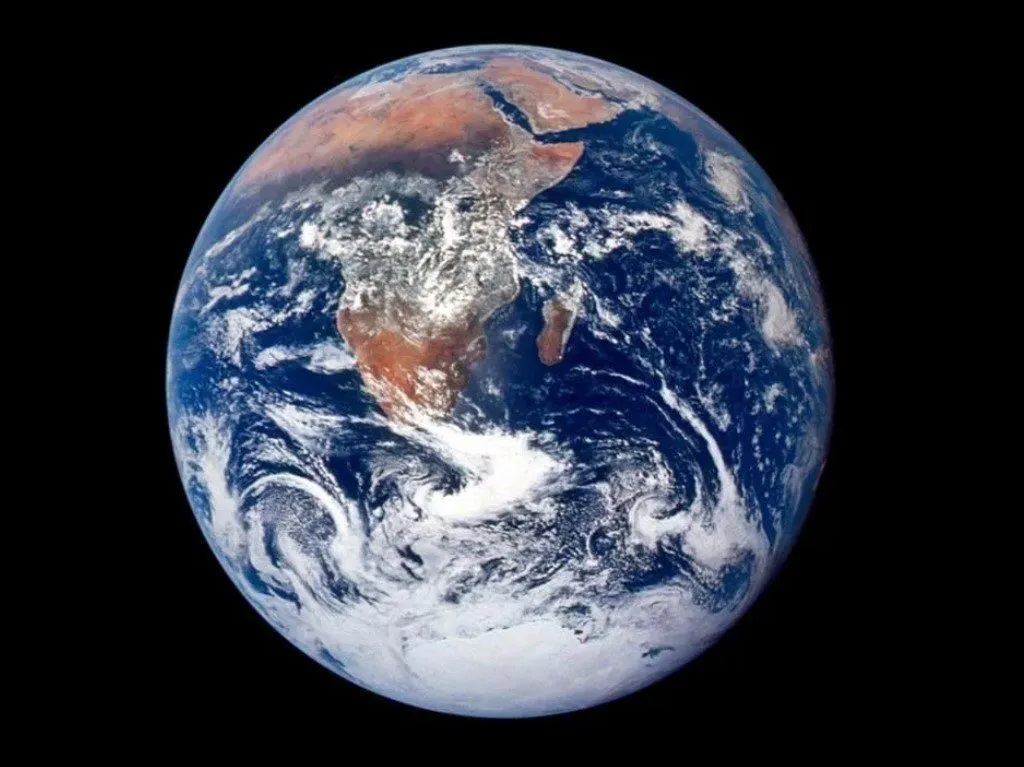
According to Steven Dutch (University of Wisconsin-Green Bay), when the polar ice caps melt, the day will be a little longer. How longer? Well… only around 2/3 of a second.
The melting of ice caps will redistribute the water on Earth and create a moment of inertia, so the rotation of Earth will be slightly slower.
19. Massive Earthquakes
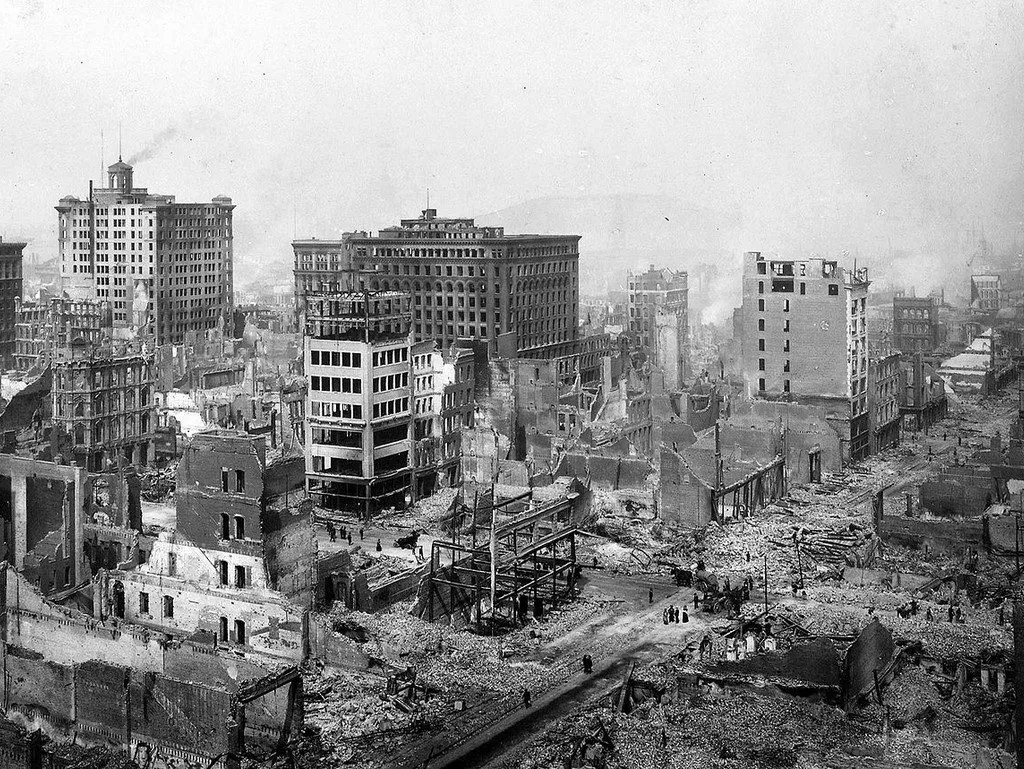
It seems that all the ice melting on Earth will bring a slew of Biblical catastrophes. That includes massive earthquakes, explains Anthony Fordham, editor of Popular Science Australia. He likens Earth with a Ping-Pong ball that has a dent in it…
Here’s his fun and doomsday explanation.
18. Antarctica’s Volcanoes Will Also Erupt
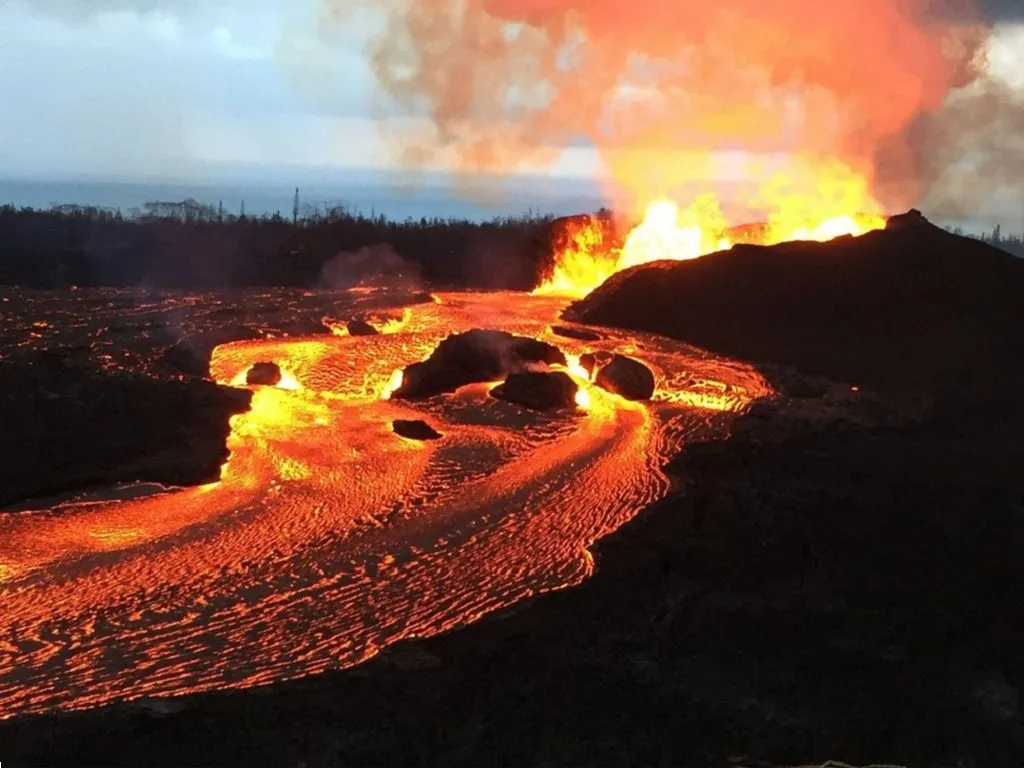
The dent in Earth is the pressure that the sheet of ice lays on top of Antarctica. When the ice is remove, Earth’s crust will pop out and cause intense earthquakes all over the world.
Not to mention that the seismic activities will also make all the active volcanoes in Antarctica erupt.
17. Civil War?
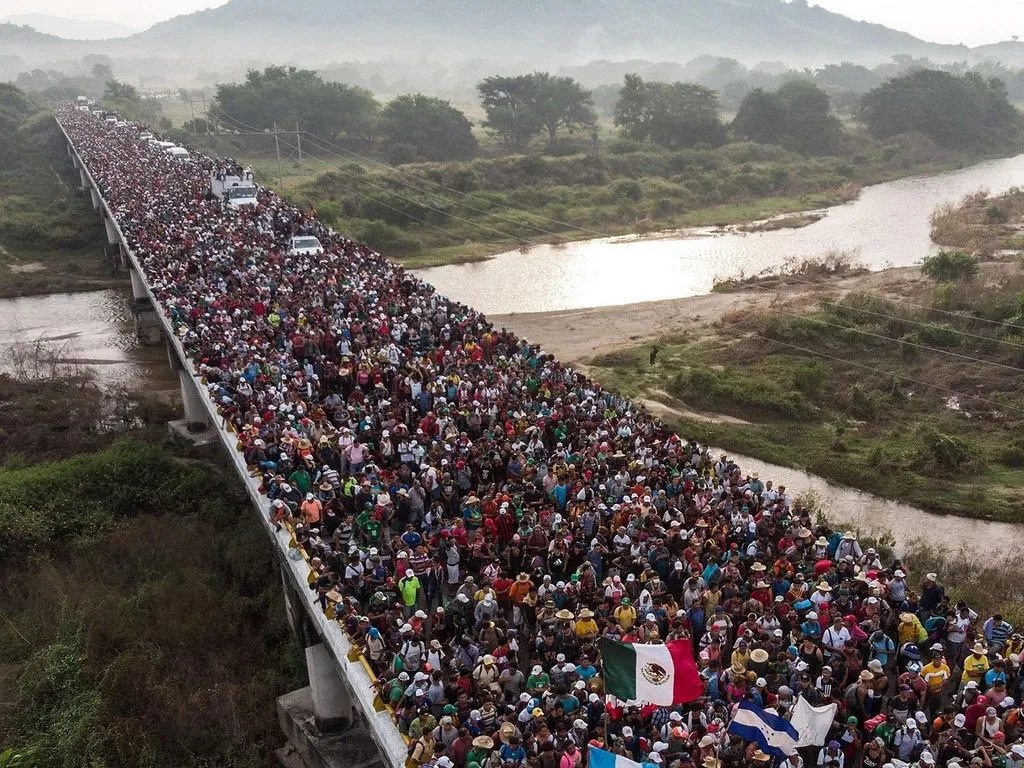
In an interview with the National Geographic in 2013, Dr. Hal Wanless from the University of Miami stated that the rising water could lead to war:
“We’re going to see civil unrest, war. You just wonder how—or if—civilization will function.”
16. Huge Cities Underwater
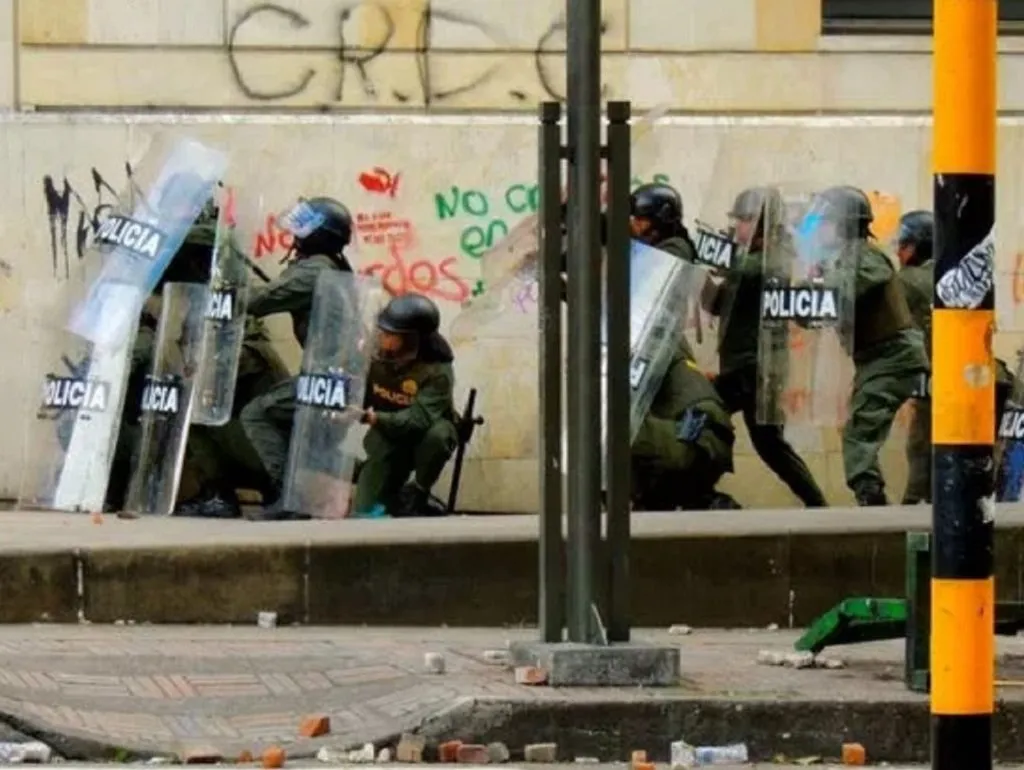
The melting of polar ice caps will lead to evacuation of large cities like Miami or London who will be underwater. This lead to a huge refugee problem. By the next century, millions of people will need to find someplace else to live since the sea levels keep on rising.
15. Viruses Waiting to Be Released

Biologist Elena Giorgi knows that the permafrost hides many pathogens from antique times. With the thawing and melting of polar ice caps, many viruses and bacteria will be released. Giorgi explains that researchers have already discovered a “giant” prehistoric virus they named “pithovirus.”
14. Polar Bears Will Go Extinct
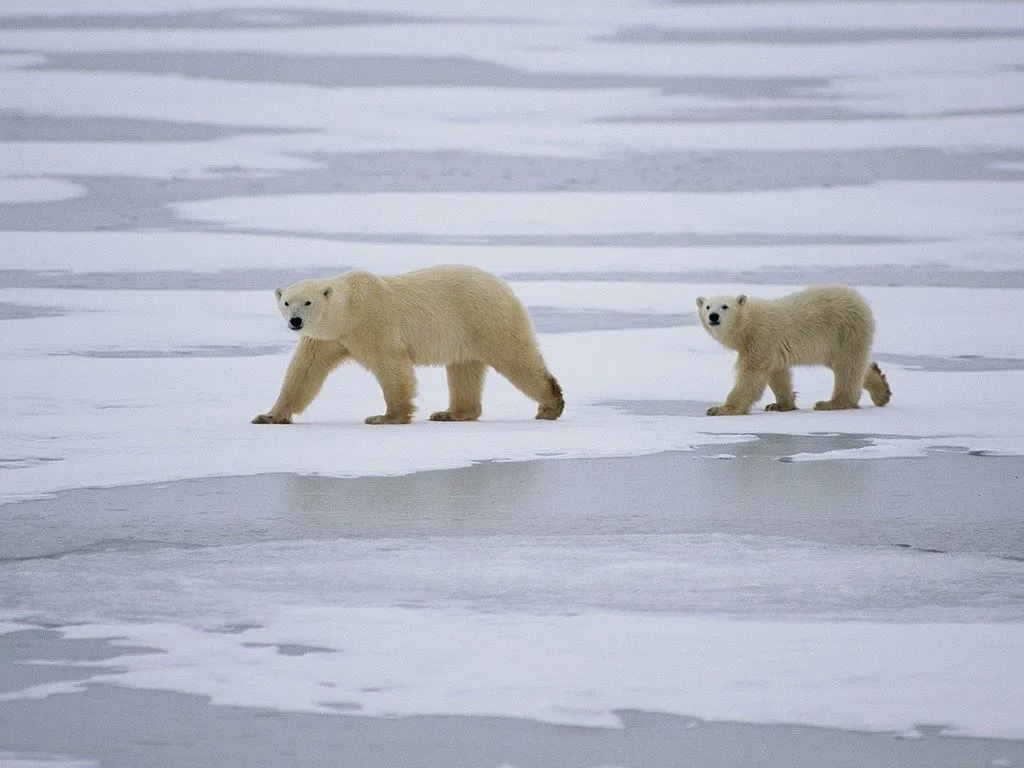
Considering polar bears live on the Arctic ice and their lives depend on that habitat, they will soon be extinct. According to Alun Anderson, the Arctic will be open ocean by 2050 and the “killer whale living in open water will be the symbol of the Arctic, replacing a bear on ice.”
Walruses will also go extinct, since the mothers give birth on ice…
13. We’ll Have A Hot Earth
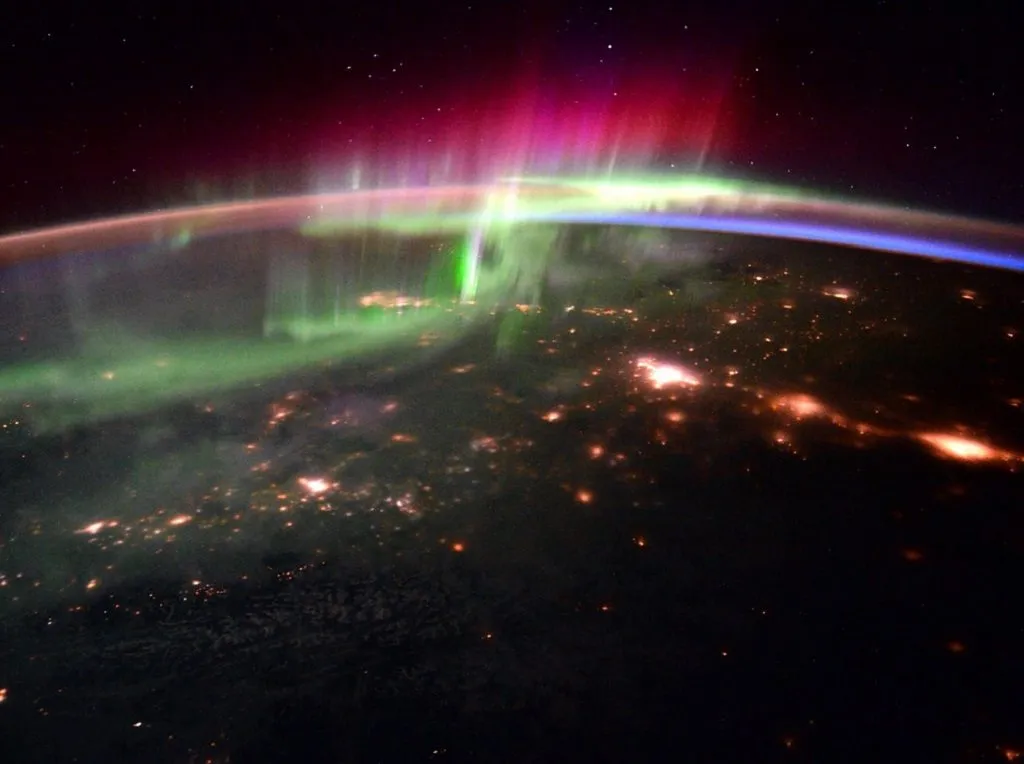
Losing the ice caps will end with a hotter planet because of the albedo effect. Sunlight is reflected by ice into the atmosphere and the open water that will be at the North Pole instead of ice would absorb the sun radiation and make our planet warmer!
12. Expect Extremely Weird Weather
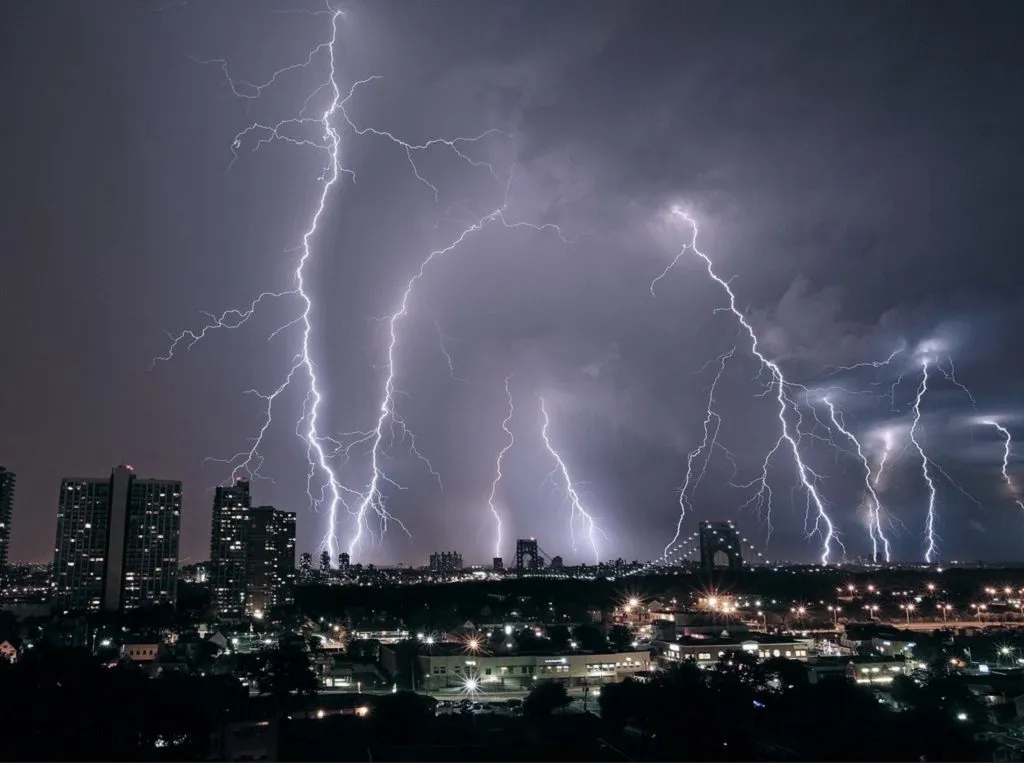
Weather will get wacky with. Winds will slow, so we’ll see some strange persistent weather, like very long periods of rain, snow storms or in the summer longer periods of heat and droughts.
11. New ‘Trans-Arctic’ Shipping Routes Will Form
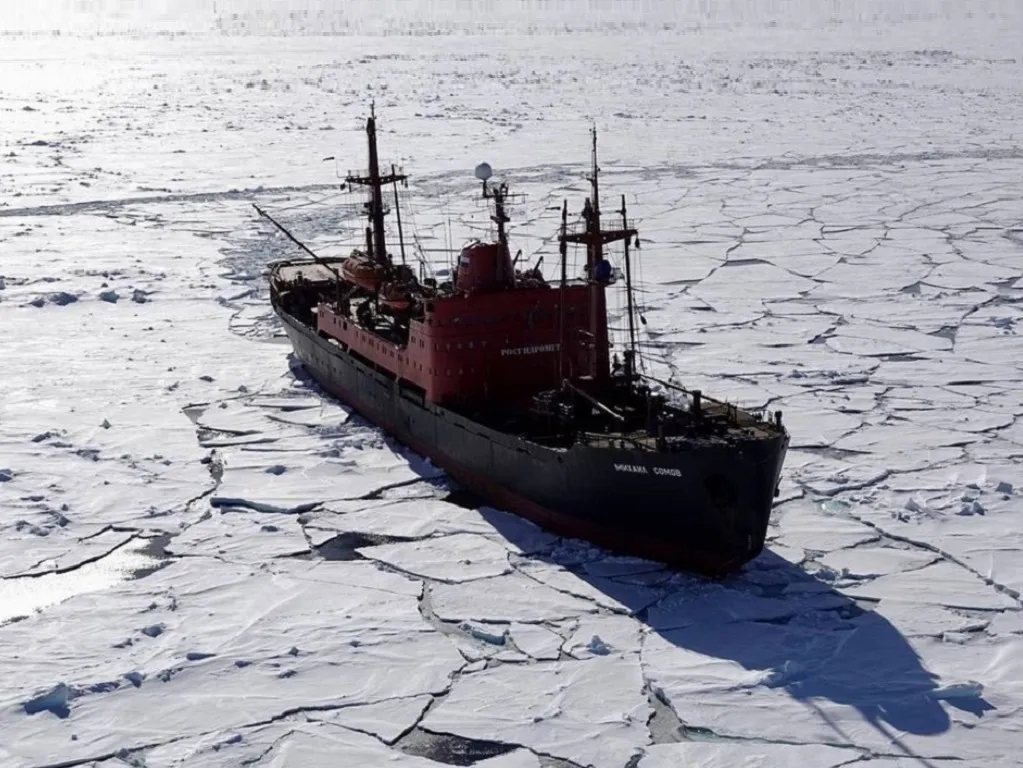
According to researchers from the Ohio State University, by 2050, “common open-water ships” will be able to cross the Arctic in the summer and bigger “ice-strengthened ships” will get “robust new routes.”
Global trade will increase, but so will vessel safety standards, environmental protections, among others, explained researchers.
10. Alaska’s Infrastructure Crumbles
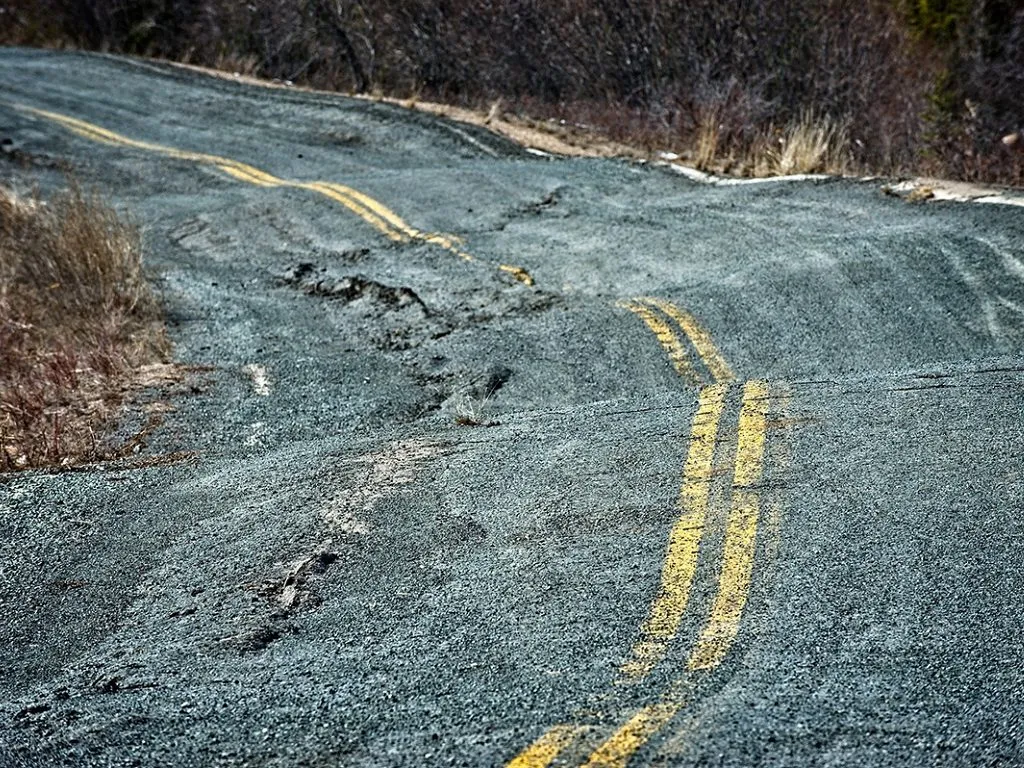
Cathleen Kelly (Center for American Progress) already reported that the permafrost is “sinking unevenly, causing highways, pipelines, railroads, runways, and other infrastructure to buckle.” With all the ice caps and glaciers melting, the infrastructure will crumble, and fixing it is very expensive!
9. Exploiting Oil In the Arctic
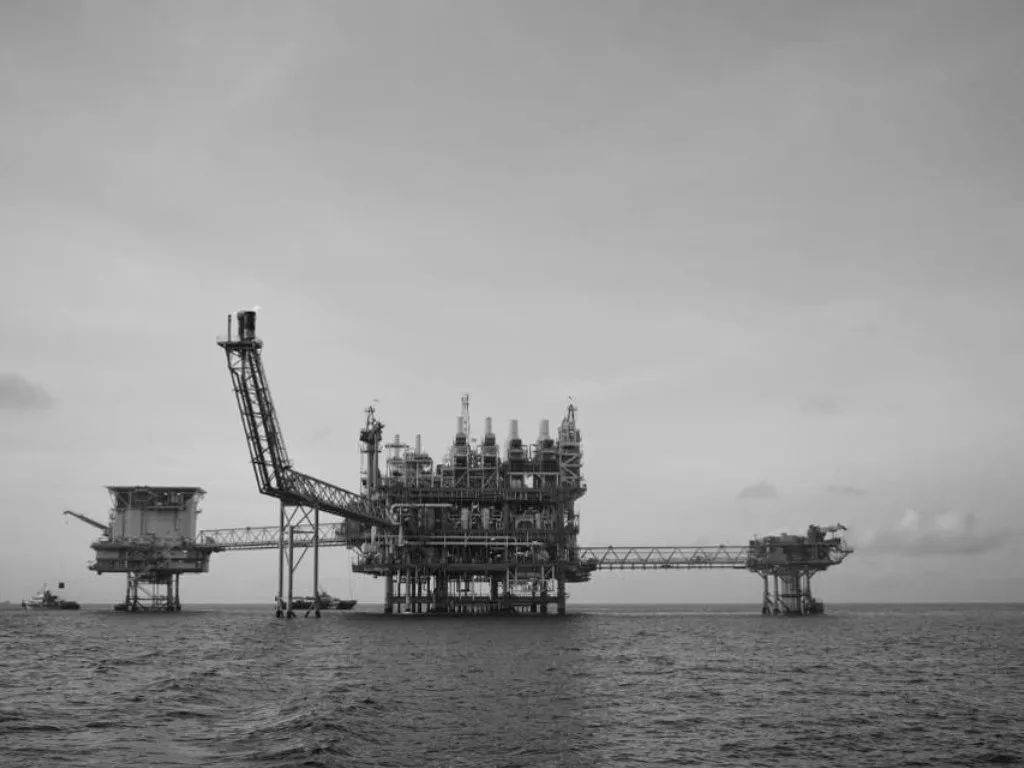
In 2015, Shell tried to exploit oil in the Arctic, but they finally gave up. They said they chose to stop it because of the “significant regulatory restrictions” from the government, but the main reason was the ice, severe winters and drifting ice. With all the ice gone, imagine how easier it would be for these companies to exploit oil…
8. Inuits Will Also Suffer
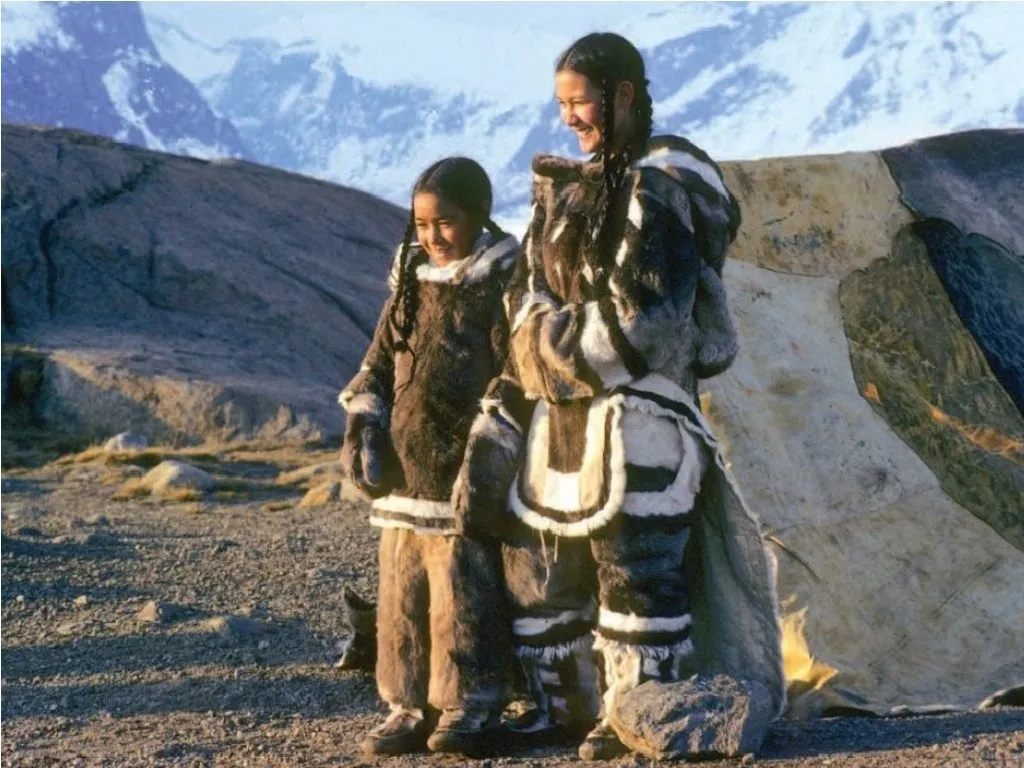
The Inuit people will have to adapt and change their way of life. According to the Canadian Inuit spokesman, Jose A. Kusugak, the people already are feeling the changes, and they will have to “completely reinvent what it means to be Inuit.” Researcher Dr. Lori Lambert added that they will also have to move and their traditions will be lost, since their “cultural identity depends on [the Arctic landscape].”
7. “We Are Nothing”
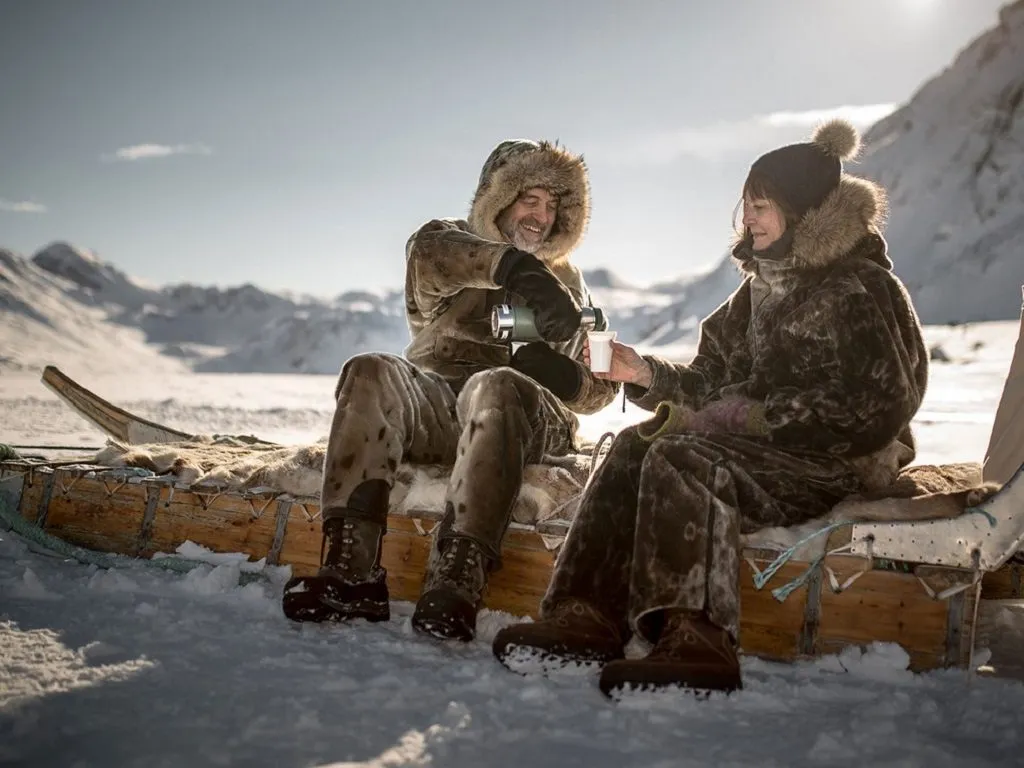
Kusugak said that no matter how Inuit’s lives will be in the future, “it will not be an uninterrupted continuation of the traditional ways.” In Qaataak, Greenland, the Inuit stated that “without the ice, we are nothing.”
6. Earth’s Continents Without Ice
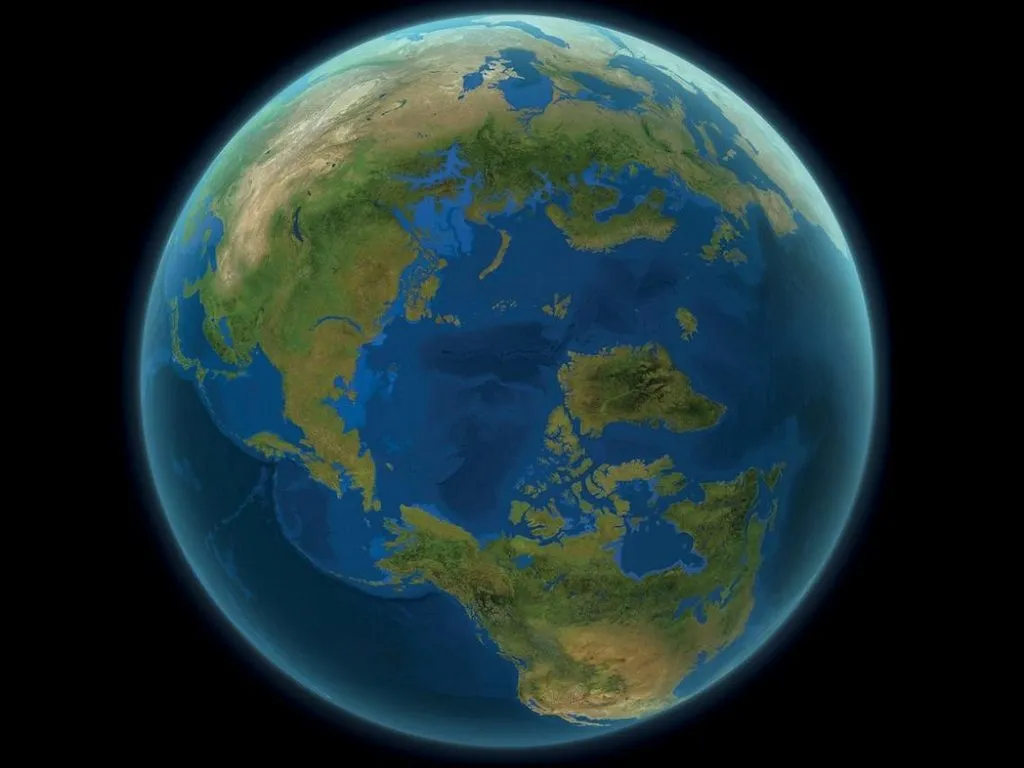
Wondering how the maps will look if the Earth will be left with no ice? Here’s how the coastlines across some continents will look, when all the ice on land will get drained in the sea. It would raise the sea level by 216 feet and create new shorelines, new inland seas, while it will also drown many cities across the globe…
5. North America – No More Florida
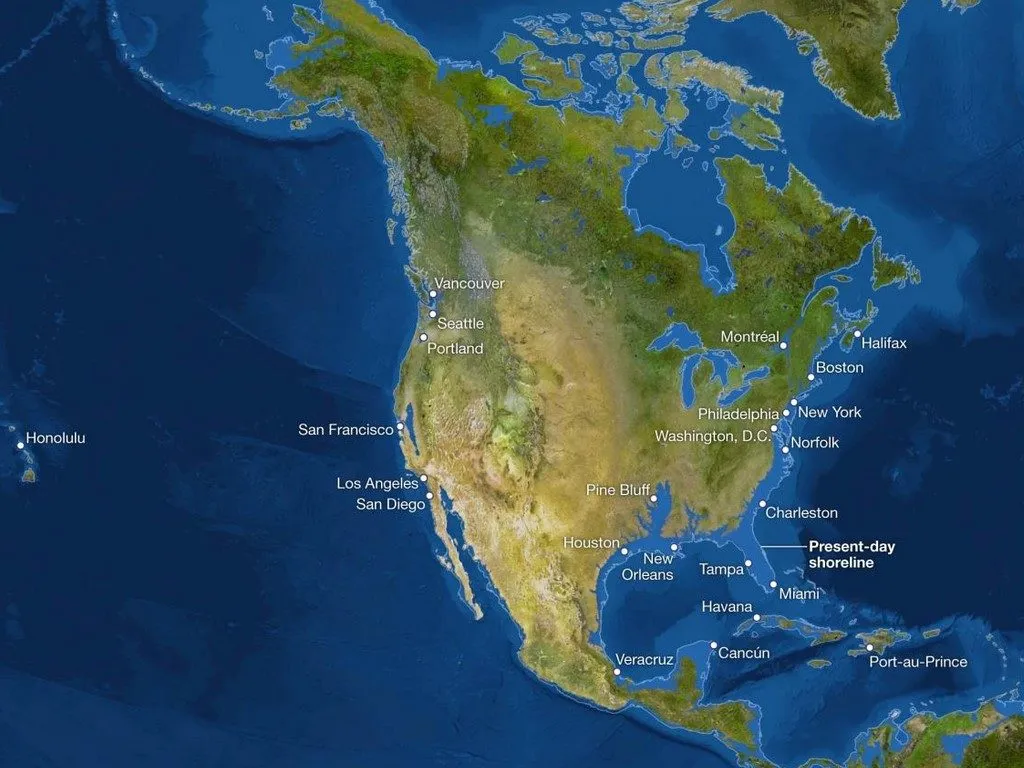
Imagine there’s no Florida and Gulf Coast. Look at California, where San Francisco’s hills will become islands and the Central Valley will be just a giant bay.
4. Africa – Uninhabitable Regions, Now More Alexandria and Cairo
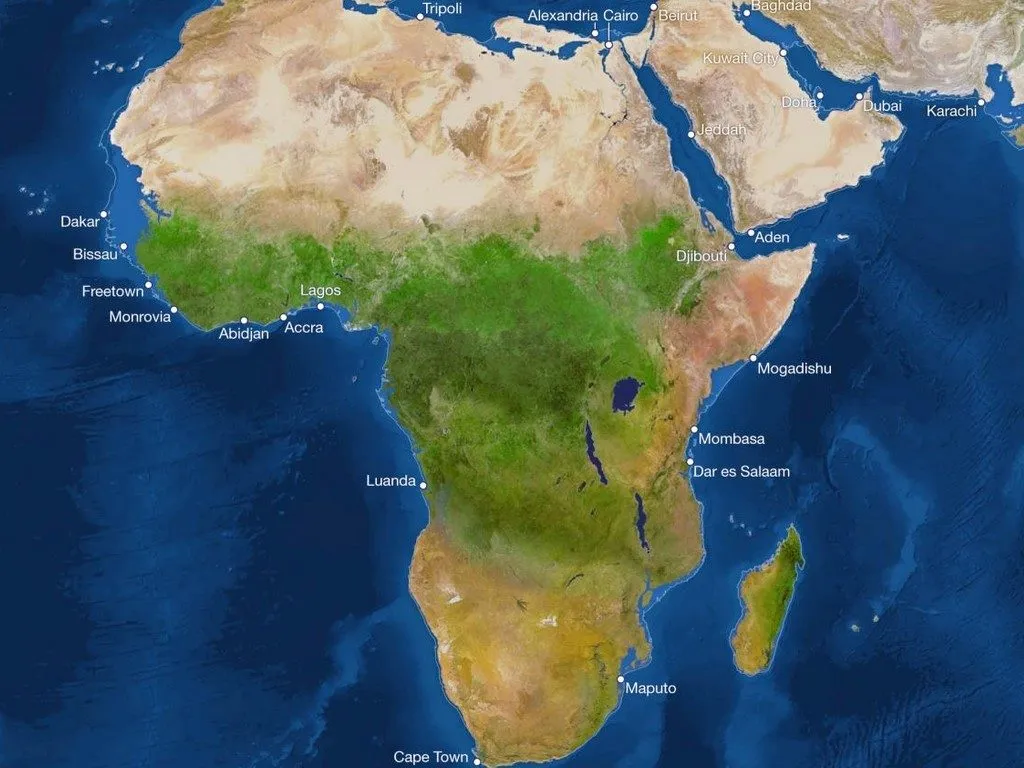
While Africa will keep most of its land, the extreme weather will make a huge region uninhabitable. Africa will lose Alexandria and Cairo, which will be swallowed by the Mediterranean.
3. Europe – No More London and Venice
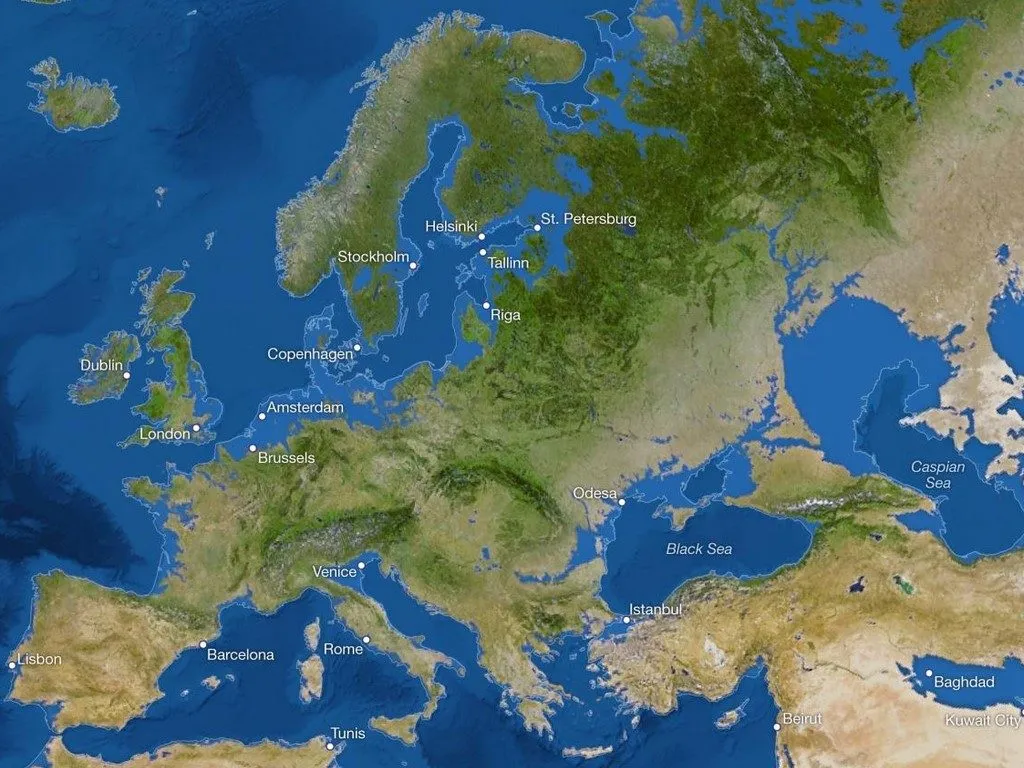
Among many other lost shorelines, London and Venice will be swallowed by the sea. Netherlands will be gone, and so will most of Denmark. The Mediterranean will expand and raise the levels of the Black and Caspian Seas.
2. Asia – China and India Will Lose Massive Lands
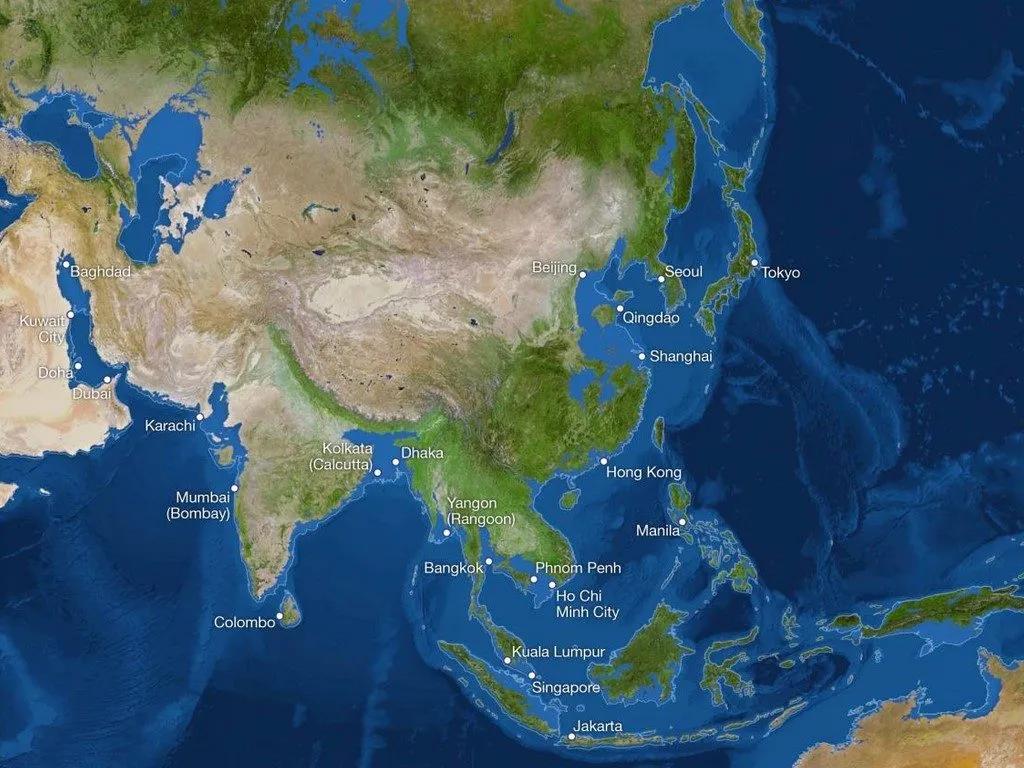
Right now, that shoreline that is swallowed by the seas in China is inhabited by 600 million people. In the coastal India, 160 million people will have to find new homes and Cambodia’s Cardamom Mountains will become an island.
1. Australia Gets a New Inland Sea
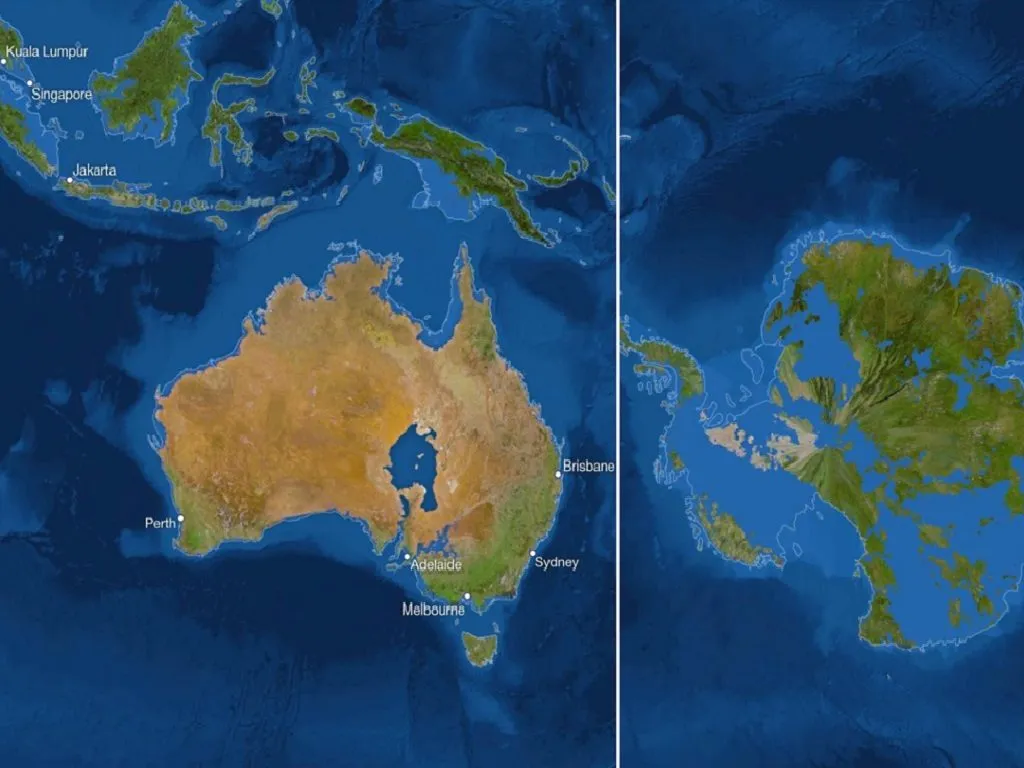
Australia will get a new sea, but most of the narrow coast will be lost. Unfortunately, most of the population lives on the coastal strip.
As you can see, some of the extreme changes from ice melting on Earth are already happening and there’s nothing we can do to stop it. Let’s say the good news is the complete melting of the ice caps will happen thousands of years in the future.
